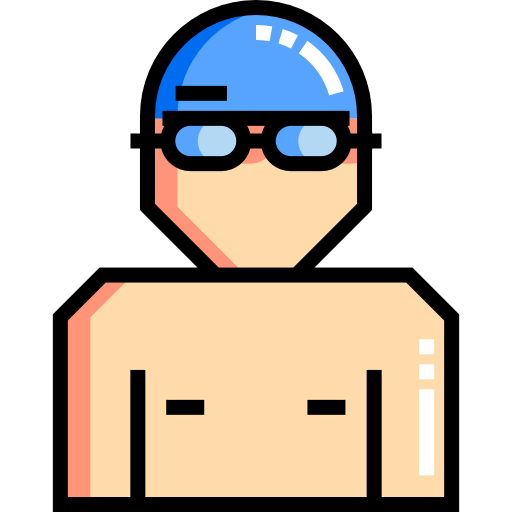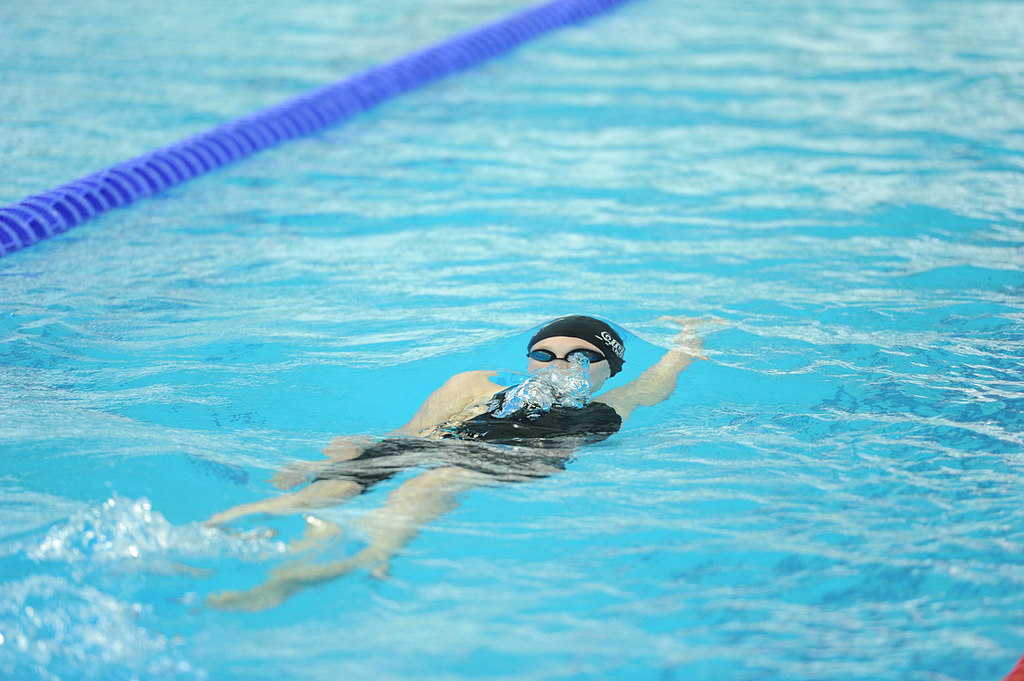Swim paddles can help you catch more water and take fewer strokes per length. They also help you strengthen your top catch and your grip in the water. They also help prevent the paddle from falling off your hands and promote a full pulling motion. Whether you’re using paddles to train for your next race or simply want to improve your technique, here are some tips to get the most out of them.
Hand paddles
Hand paddles are a great way to add some variety to your swimming workout. They can be used in a wide range of activities including pull sets, sprints, and long-distance swims. By adding variety to your workout, you can make it more enjoyable and give yourself a mental boost.
Hand paddles can help you develop your technique and increase your strength. They help you slow down your first stroke, which allows you to focus on your leg kick and head position. This allows you to pull more water and achieve a longer stroke, giving you more distance per stroke. They also allow you to reach further with your leading arm.
Hand paddles come in several sizes to suit your needs. Some are strapless, while others have rubber straps to keep them in place. Whatever type you decide to purchase, it is important to use them correctly.
Adjusting your paddles
Swim paddles can be adjusted to fit a variety of hand sizes. Some are designed for use with either hand, while others have a separate section for the thumb. The straps should fit snugly but not too tightly, as you don’t want to cut off circulation to your fingers or wrist. To adjust the straps, simply tug on one end of the paddle, making sure that the strap goes over the wrist and fingers. This will help to position your hand in the most comfortable position for swimming.
Whether you’re an experienced swimmer or just a beginner, it’s important to make sure that you’re using the correct swim paddle for your needs. A properly adjusted paddle will help you to improve your catch and streamline your stroke. If you have problems with your catch, the right swim paddle will help you avoid these problems.
A large paddle can be uncomfortable, leading to incorrect technique. A paddle that’s too large can also be dangerous, as it can cause injury to your fingers or tendons. Try a paddle before purchasing one and make sure that it fits your hand comfortably. If you have big hands, resist the urge to spread them wide in order to make the paddle more comfortable.
Using a tempo trainer
Using swim paddles as a pacing tool can be a great way to work on your technique. Using a paddle to pull will increase resistance during your pull, so your muscles will be used in a different way than when you swim without a paddle. This can help you improve your pacing and develop strength, power, and endurance. But remember that paddles will magnify minor stroke errors. So, before using paddles, you should first improve your stroke technique without the paddles.
You can also use a paddle designed for specific strokes. Specific-use paddles have a narrow strap that goes through your fingertips. These paddles are also known as catch paddles, because they help develop the catch of your stroke. These paddles are only suitable for advanced swimmers, or if you’re working with a swim coach.
When using swim paddles, make sure to practice a proper catch technique and flexing the wrist when entering. You can also work on improving your technique by doing single arm drills. To do this drill, use a FINIS Agility paddle and execute a bend elbow pull. Be sure to keep your elbow high when executing the pull and forward as your forearm approaches the vertical.
Using a fist drill
The fist drill is an excellent way to train your hand position in the water. It is useful for any stroke, including butterfly, backstroke, and breaststroke. It works best when you hold the paddles with your pinkie out. Then, as you swim, keep your elbow bent as you pull back.
Traditionally, swimmers used paddles to become stronger. Paddles help to overload the arm, shoulder, and chest muscles, which are all important in swimming. When used in combination with fins, paddles become a great pressure development tool. Try swimming slowly for 25 metres with paddles, and notice when your hands start to “feel” the water.
Another great drill is the sculling drill. You will need to learn to angle your arms and hands properly for propulsion. This drill also helps you learn to develop your wrist and hand position.

Beau Cormier is a former NCAA I swimmer, US Open National finalist, and swim nerd. When not swimming or working for a data company, you can find him running the trails of the Pacific Northwest with his wife and dogs.
